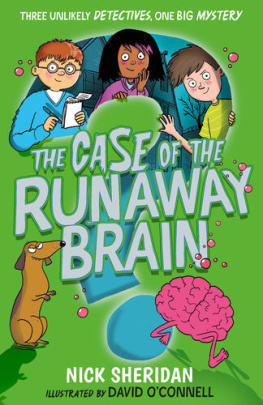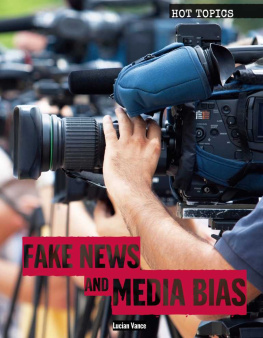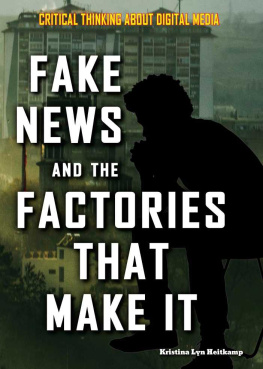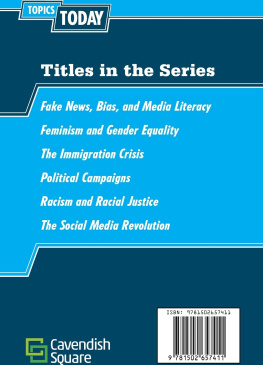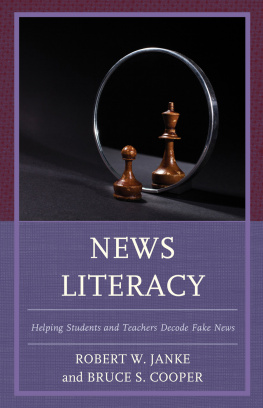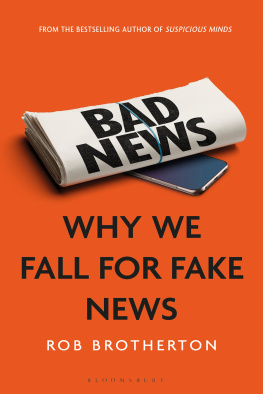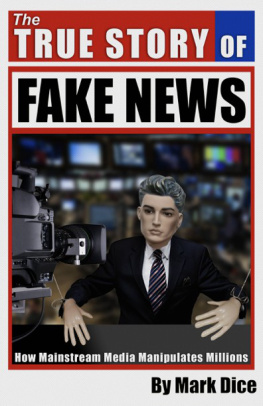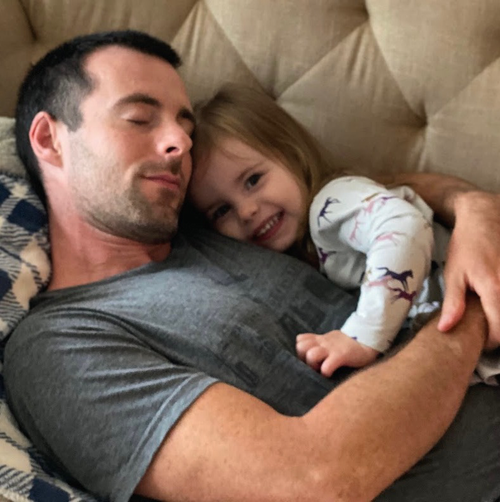Noah Giansiracusa
How Algorithms Create and Prevent Fake News
Exploring the Impacts of Social Media, Deepfakes, GPT-3, and More
1st ed.

Logo of the publisher
Noah Giansiracusa
Acton, MA, USA
ISBN 978-1-4842-7154-4 e-ISBN 978-1-4842-7155-1
https://doi.org/10.1007/978-1-4842-7155-1
Noah Giansiracusa 2021
.
.
.
For more FREE books, go to: textseed.xyz
.
Dedicated to my wife Emily and our parents: Bob, Dorothy, Andy, and Carole.
Introduction
You might have heard rumors that the newsfeed algorithm at Facebook and the video recommendation algorithm at YouTube are spreading fake news, or that artificial intelligence (AI) can now rapidly generate convincing articles and make videos of people doing and saying things they never did, or that machine learning algorithms will save us from fake news by automatically detecting it and labeling assertions as true or false. But what do these claims even mean, and what should you believe? The main goal of this book is to help readers of all backgroundsno knowledge of math, statistics, computers, algorithms, or journalism requiredunderstand whats really going on by collecting all the investigations, research, and stories about fake news and algorithms in one place and explaining it in a simple way while weaving it together into a coherent narrative. Another goal is to teach you about the publicly available tools that can help you do your own part in the fight against fake news.
If we are not serious about facts and whats true and whats not, if we cant discriminate between serious arguments and propaganda, then we have problems. Barack Obama said this on November 17, 2016, just nine days after Donald Trump was elected to be his successor in the White House. Since then, there has been an increasing awareness of the scope and impact of fake news, a catchall label for misinformation (false information that is spread regardless of intent to mislead) and disinformation (deliberately false or misleading information). There has also been an increasing awareness of the role played by data-driven algorithms in the creation, dissemination, and detection/moderation of fake news. But the story of fake news and algorithms has been difficult for most of us to follow. It has unfolded in a wide range of academic publications, journalistic investigations, corporate announcements, and governmental hearings, and it involves many sophisticated technological concepts that sound mysterious. I strongly believe that the barriers to entering this important discussion are not nearly as high as they might seem, and this book is my attempt to lower them even further.
Chapter is all about YouTube and its recommendation algorithm that automatically selects videos for you to watch. A history of this algorithm is provided, including brief discursions into deep learning and reinforcement learning, and empirical investigations into the way it works in practice are explored. This frames a discussion of fake news and conspiratorial content on YouTube, especially in the context of Brazils 2018 election and the 2016 and 2020 US elections.
After several chapters on how AI can create and spread fake news, Chapter collects and explains some publicly available AI-powered fact-checking tools that you can use to make sure what youre reading is trustworthy and truthful.
Acknowledgments
Thanks to Jordan Ellenberg, Cathy ONeil, and Francis Su for inspiring me to write a book and helping me learn about the publishing industry. Thanks to Karen Hao, Will Douglas Heaven, Davey Alba, Jack Nicas, Kevin Roose, James Vincent, Issie Lapowsky, Carole Cadwalladr, Julia Angwin, Deepa Seetharaman, Jeff Horwitz, Sheera Frenkel, and so many other technology journalists for doing the hard work that this book relies so heavily upon. Thanks to Gerald Seidler, Jim Morrow, Henry Cohn, Dan Abramovich, Angela Gibney, Bernd Sturmfels, and my other teachers and mentors who helped me become a math professor. Thanks to Charlie Hadlock, Rick Oches, Lucy Kimball, and others at Bentley University for believing in me as a data scientist and providing me with the opportunities that led to this book. Thanks to Steffen Marcus for encouraging me to think and write about the broader context of math and technology. Thanks to Tom Taulli for putting me in contact with Apress, and to my team at ApressShiva Ramachandran, Matthew Moodie, Nancy Chen, Rita Fernando, and Mark Powersfor all their work shaping this book and helping get it across the finish line. Thanks to my parents, Bob and Dorothy, for homeschooling me and passing along a passion for lifelong learning. Thanks to my brother, Jeffrey, for paving the way forward for us both. And thanks to my wife, Emily, and our daughter, Claire, for more than words can convey.
Contents
About the Author
Noah Giansiracusa
received a PhD in mathematics from Brown University and is an Assistant Professor of Mathematics and Data Science at Bentley University, a business school near Boston. He previously taught at UC Berkeley, University of Georgia, and Swarthmore College. He has received national grants and spoken at international conferences for his research in mathematics, and he has been quoted several times in Forbes as an expert on artificial intelligence. He has dozens of publications in math and data science and has taught courses ranging from a first-year seminar on quantitative literacy to graduate machine learning. Most recently, he created an interdisciplinary seminar on truth and lies in data and algorithms that was part of the impetus for this book.
The Author(s), under exclusive license to APress Media, LLC, part of Springer Nature 2021
N. Giansiracusa How Algorithms Create and Prevent Fake News https://doi.org/10.1007/978-1-4842-7155-1_1
1. Perils of Pageview
The Data-Driven Economics of Online Journalism
The economics of the Internet created a twisted set of incentives that make traffic more importantand more profitablethan the truth.
Ryan Holiday, Trust Me, Im Lying: Confessions of a Media Manipulator
Much of what we know, or think we know, about what is happening in the world we learn by reading the news. But nowadays the news means something different than it did in generations past. What we read primarily today are articles on the interneteverything ranging from casual blog posts to meticulously researched stories on national and international news sites. The transition of journalism from print to screen does not inherently mean what we read is less truthful than it used to be. However, this technological transformation has enabled a less overt but nonetheless extraordinarily influential economic transformation: the datafication of the journalism industry. The pageviews and clicks we all sprinkle across the internet are, as I will discuss, the digital fertilizer feeding a burgeoning garden of misinformation and fake news. By tracing the financial incentives involved in the contemporary news cycle, I hope in this chapter to convey the alarming extent that data, unseen to most of us yet created by our actions and activities, is fundamentally shaping what we read every day and threatening the bulwark of traditional journalistic standards.




